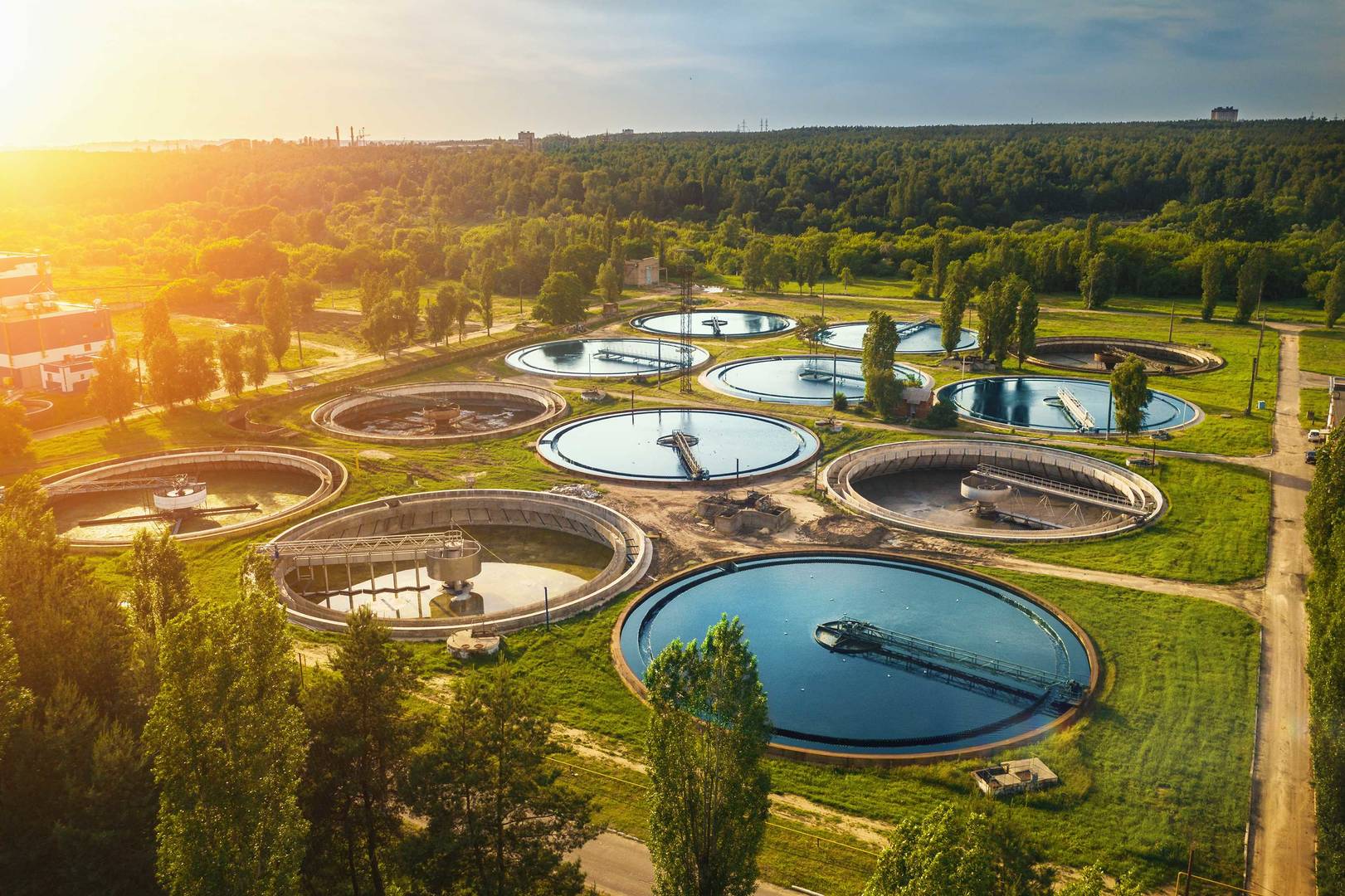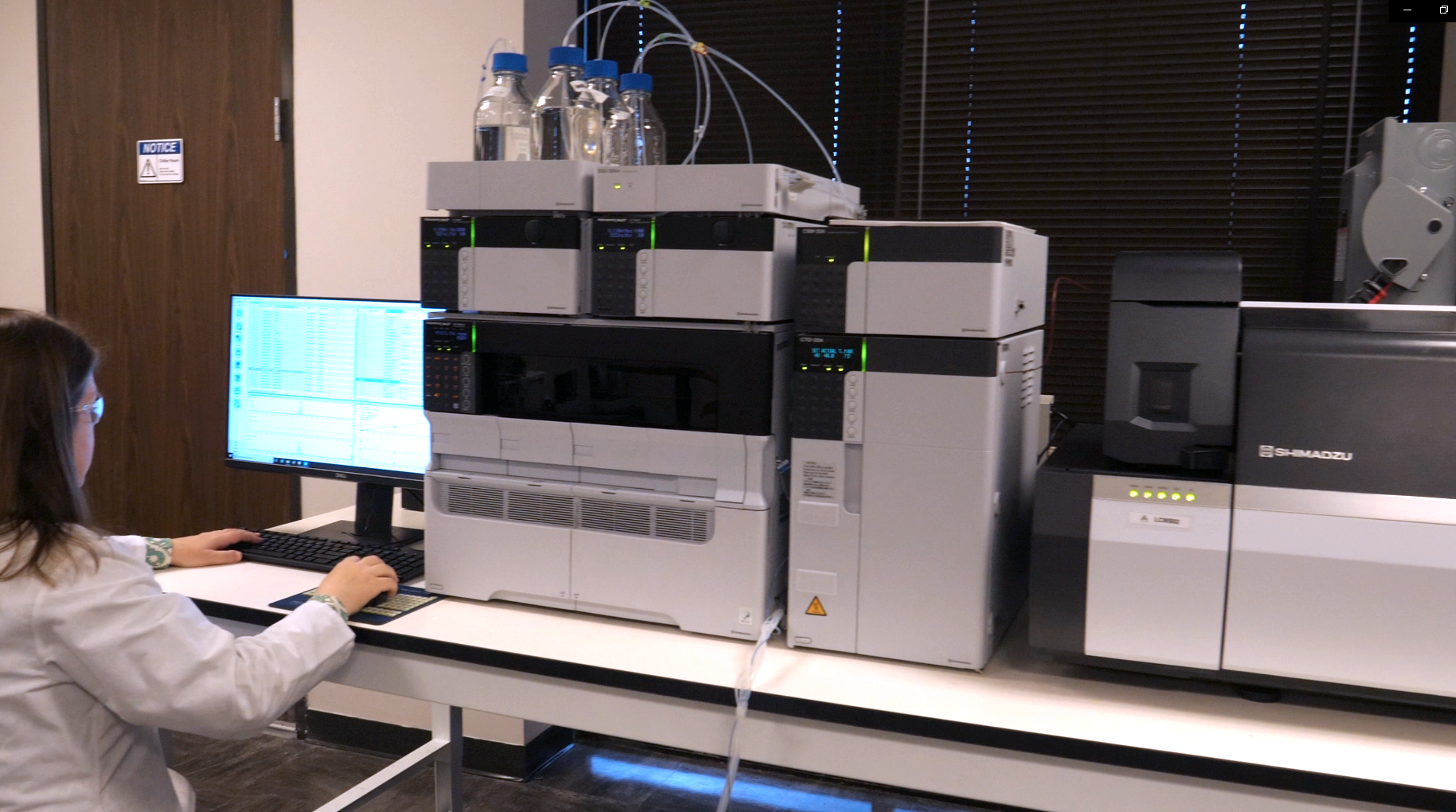EnviroMail 18 USA
EnviroMail 18 USA – Why 2021 Is a Watershed Year to Plan Testing Water, Soil, Air for PFAS Compounds
2021 is giving teeth to a call in the United States for federally-mandated testing, monitoring and regulating of per- and polyfluoroalkyl substances (PFAS) in water, soil and air in order to protect the health of the American public.
Powerful influencer
Public opinion is a powerful influencer, especially when it comes to human health and safety and the environment. Add strong science that supports possible risk to human health and the result is action to mitigate the problem. 2021 is giving teeth to a call in the United States for federally-mandated testing, monitoring and regulating of per- and polyfluoroalkyl substances (PFAS) in water, soil and air in order to protect the health of the American public.
Synthetic chemicals
Public opinion is a powerful influencer, especially when it comes to human health and safety and the environment. Add strong science that supports possible risk to human health and the result is action to mitigate the problem.
PFAS and the many compounds that fall within its synthetic chemical family have been an emerging contaminant of concern for more than two decades. The U.S. Environmental Protection Agency (U.S. EPA) and the scientific community have gathered enormous data on the persistence of PFAS in drinking water, storm water, waste water, soil, and sewage sludge1.

PFAS are everywhere
PFAS compounds can be found in a wide range of consumer products that people use daily such as cookware, pizza boxes and stain repellents, with most people having been exposed to PFAS during their lifetime. PFAS compounds are known to accumulate and stay in the human body for long periods of time and there is evidence that exposure to PFAS can lead to adverse health outcomes in humans. The most-studied PFAS chemicals are PFOA and PFOS and these studies indicate that PFOA and PFOS can cause reproductive and developmental, liver and kidney, and immunological effects in laboratory animals. Both chemicals have caused tumors in animals. The most consistent findings are increased cholesterol levels among exposed populations, with more limited findings related to:2
- low infant birth weights,
- effects on the immune system,
- cancer (for PFOA), and
- thyroid hormone disruption (for PFOS).
There are a variety of ways that people can be exposed to these chemicals and at different levels of exposure. For example, people can be exposed to low levels of PFAS through food, which can become contaminated through:
- Contaminated soil and water used to grow the food,
- Food packaging containing PFAS, and
- Equipment that used PFAS during food processing.
Human Exposure
People can also be exposed to PFAS chemicals if released during normal use, biodegradation, or disposal of consumer products. People may be exposed to PFAS used in commercially-treated consumer products to make them stain and water repellent or nonstick. These goods include carpets, leather and apparel, textiles, paper and packaging materials, and cookware.
People who work at PFAS production facilities, or facilities that manufacture goods made with PFAS, may be exposed in certain occupational settings or through contaminated air. Drinking water can be another source of exposure in communities where these chemicals have contaminated water supplies. Such contamination is typically localized and associated with a specific facility, for example,
- an industrial facility where PFAS were produced or used to manufacture other products, or
- an oil refinery, airfield, or other location at which PFAS were used for firefighting.

Federal government regulations
At this time the federal government has issued guidance material that is currently under review and is in the comment period. Due to lack of federal regulatory rulings, individual states have their own laboratory certification programs. These individual states have also developed their own maximum contaminant limits (MCL) which are not consistent from state to state. Unfortunately, there are still some states that do not have any type of regulation and or certification in place. For the next Unregulated Contaminant Monitoring Rules 5 (UCMR5) under the Safe Drinking Water Act (SDWA). The U.S. EPA plans to collect PFAS data that may be present in drinking water. “ This presents a market challenge,” says Ron Martino, regional account director for ALS, Houston, Texas.
2021 important year
"The U.S. EPA has not set a MCL for PFAS so the states that do regulate have different certifications for testing laboratories, different requirements for the PFAS compounds to test and different matrices, such as drinking water or wastewater or both, that must be tested and remediated.” Good news though—change is on the horizon.
2021 is the PFAS watershed year for the American people, local governments, industrial sectors, the environment, and scientific companies that provide testing and the partners engineering remediation and mitigating solutions.
Strong actions to tackle this contaminant problem have already been initiated by the U.S. EPA this year with a commitment to address PFAS in drinking water supplies across the United States. “All people need is access to clean and safe drinking water. One way that the U.S. EPA is committed to keep our communities safe is by addressing PFAS,” said EPA Acting Assistant Administrator for Water Radhika Fox. “These actions will underpin better science, better future regulation, and improved public health protections.”
Also announced in 2021 is the creation of a new "EPA Council on PFAS" that is charged with building on the agency's ongoing work to better understand and ultimately reduce the potential risks caused by these chemicals. Fox will co-chair this council with findings to begin rolling out within four months. EPA Administrator Michael S. Regan: “As one of my top priorities as Administrator, EPA will prioritize partnerships and collaboration with our federal, state, tribal and local partners, and engage the public about the risk associated with these chemicals.”

Now is the time to develop testing strategies around PFAS contamination of water, soil and air. It begins with testing. Move forward with this national priority with the right partner, ALS.
1 Technical Fact Sheet – Perfluorooctane Sulfonate (PFOS) and Perfluorooctanoic Acid (PFOA) (epa.gov)
2 https://www.epa.gov/pfas/basic-information-pfas























































